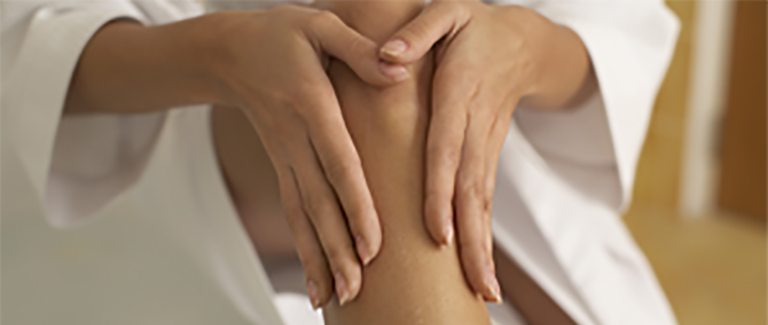There are many methods for improving your vascular health, and incorporating certain foods into your diet that are known to strengthen blood vessels and promote circulation is at the top of the list. A few foods packed with nutrients to support healthy veins and arteries are:
Oranges
Citrus fruits, like oranges, carry high levels of vitamin C, which has also been shown to strengthen capillary walls. Vitamin C also serves as natural blood thinner and aids in the prevention of plaque buildup, which can inhibit circulation and cause further complications.
Dark chocolate
Indulging in a little dark chocolate consumption in moderation can improve the overall health of your blood vessels. Cocoa-based foods, like dark chocolate, contain flavonoids, which have been shown to promote healthy circulation and lower blood pressure.
Cayenne pepper
Researchers have found that spicy foods, such as cayenne pepper, have been shown to boost your metabolism and strengthen arteries and blood vessels, resulting in stimulated blood flow to the peripheral areas of the body.
Sunflower seeds
Vitamin E-rich foods, like sunflower seeds, can reduce your risk of blood clot formation. Vitamin E has also been associated with improved elasticity of veins and arteries, resulting in smoother blood flow.
Garlic
Garlic provides a wide variety of health benefits, including its ability to naturally clean the blood. This helps to prevent plaque buildup, which can result in hardening of the arteries (atherosclerosis). Garlic is also known to maintain the flexibility of veins and to lower blood pressure.
Ginkgo biloba
Ginkgo biloba can aid in the dilation the blood vessels and facilitate improved blood flow to the extremities to reduce risk of clotting. Ginkgo biloba has also been associated with the relief of leg pain caused by improper circulation.
Watermelon
Watermelons contain high quantities of the antioxidant lycopene, a natural pigment that gives certain produce its reddish color. Preliminary research has found a positive link between lycopene and the thickness of the carotid artery. This suggests that lycopene may inhibit the development of cardiovascular disease by protecting the “good” cholesterol (LDL) from oxidation.
Salmon
Salmon contains the almighty omega-3 fatty acids, a type of polyunsaturated fat that provides many health benefits, from maintaining vein elasticity to thinning out the blood. Omega-3 fatty acids have also been shown to reduce the risk for sudden cardiac death.
For more information about maintaining a healthy vascular system, call the vein specialists at Total Vein Care today at (225) 245-3540.
